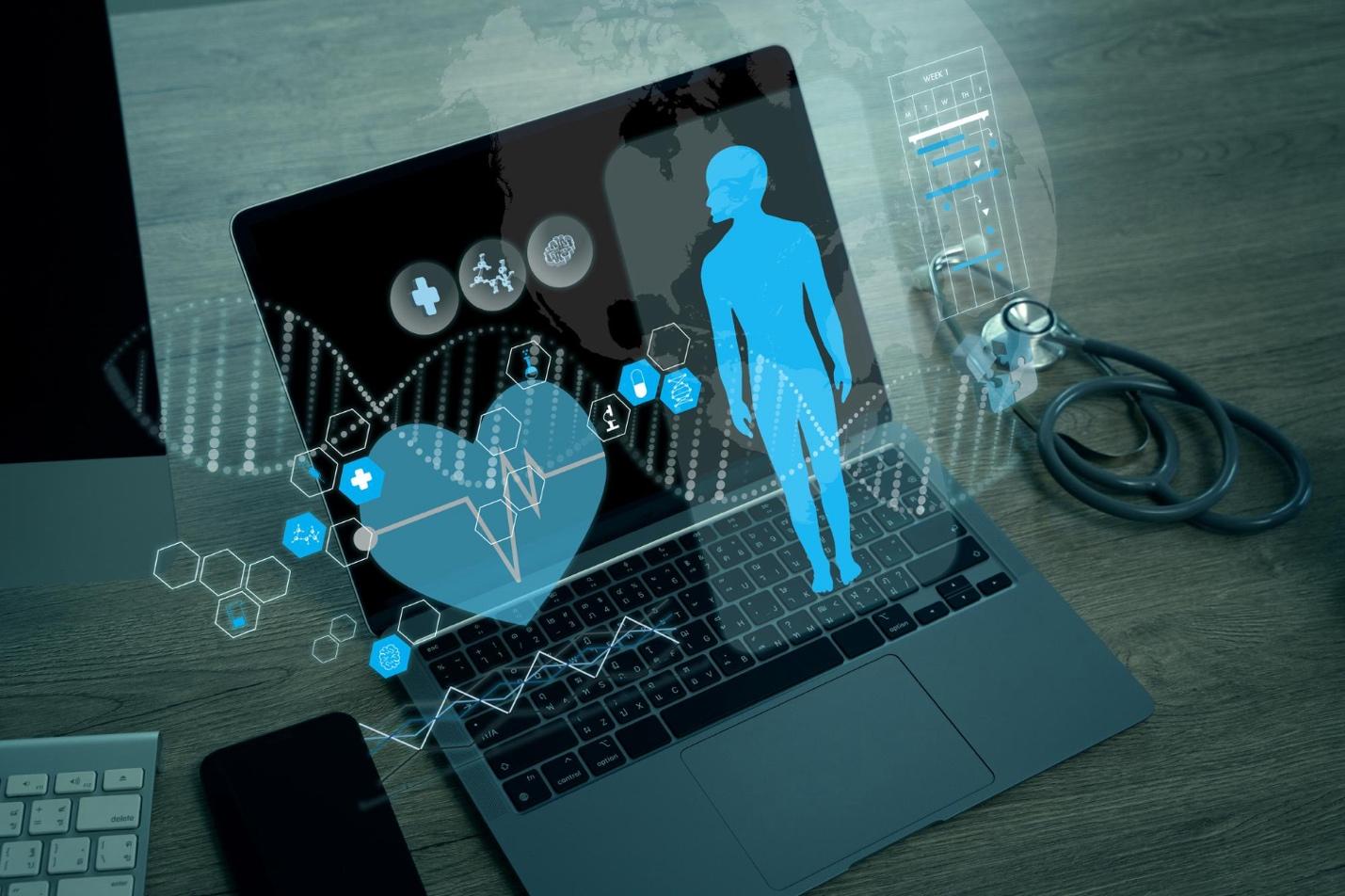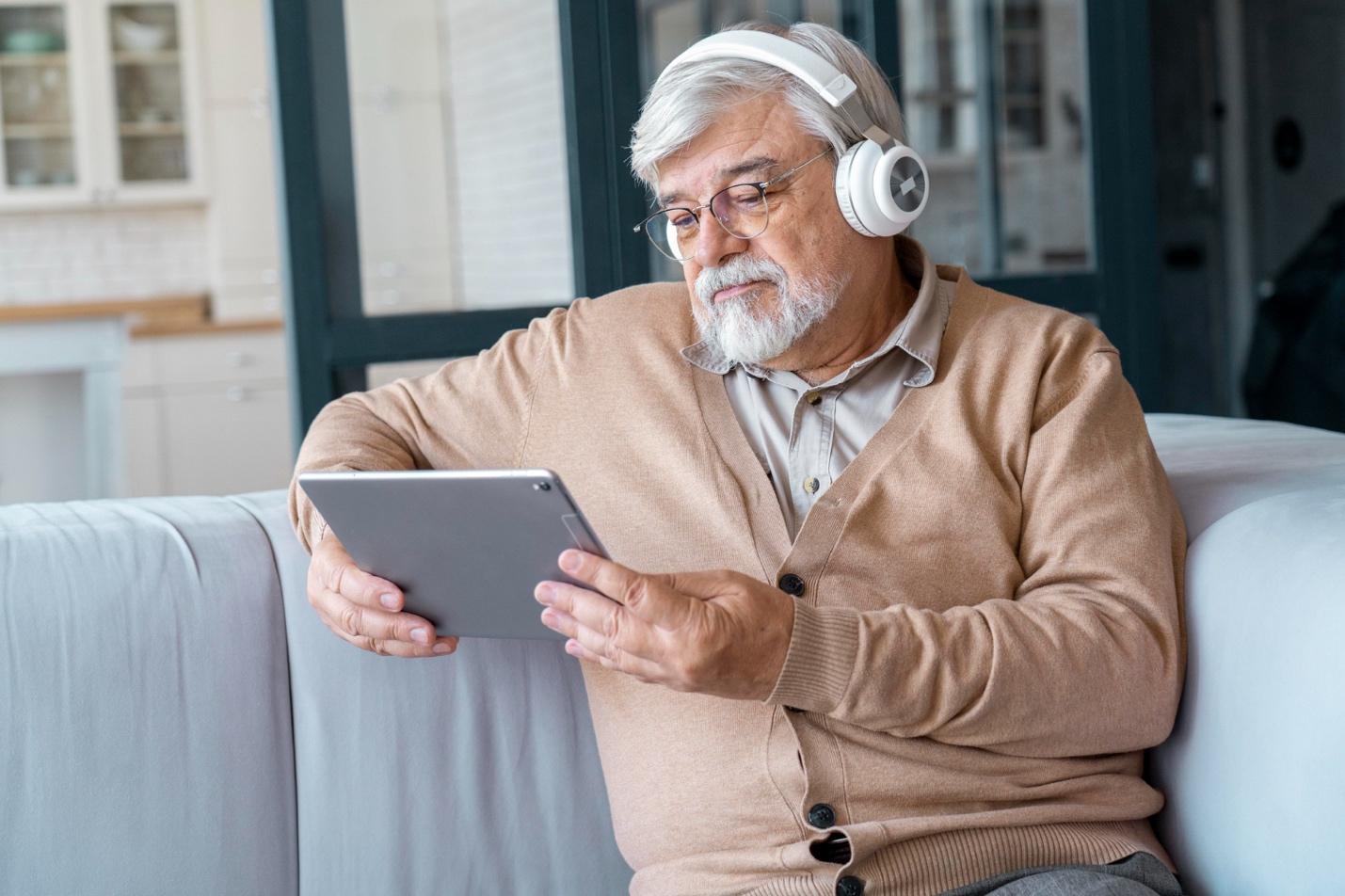On-Demand Checkups: Real-Time Health Monitoring and Immediate Response for Seniors
As the human body ages, its overall immunity lowers making it more prone to risky health issues. The lack of mobility, and decrease in physical strength, including hearing and vision loss further impact the ability of seniors to take care of their health independently. Thus, caretaking becomes a necessity to continuously monitor the health of senior citizens for healthier aging. The limited resources for healthcare and caretaker providers to regularly and effectively monitor each senior individually is also a real challenge.
This is why real-time health monitoring for seniors using Voice AI technology by SeaX Voice AI is an innovative game-changer solution due to its hands-free engagement capabilities with seniors for real-time monitoring of health.
The Importance of Real-Time Health Monitoring for Seniors
There are many challenges regularly faced by senior citizens while managing their health independently.

What are the most common challenges that make seniors increasingly dependent on others?
Aged conditions like arthritis, joint pain, or a general decrease in physical strength cause limited mobility issues
Cognitive health decline affects memory and decision-making (e.g., dementia, Alzheimer’s)
Reduction in general vision or hearing, leading to trouble reading and understanding medical advice
Low digital literacy makes it hard to use available health apps or telemedicine services
Social isolation that may lead them to depression and neglect of health routines
Transportation issues also make it hard to visit doctors or pharmacies
Controlling chronic health issues like diabetes, hypertension, or anxiety requires constant checks, which could be overwhelming to manage.
Sometimes, financial constraints also limit access to quality healthcare and medications as caretaking is expensive in general
These issues often lead to missed appointments, delayed diagnoses, and increased healthcare costs, making traditional methods of regular checkups and follow-ups inefficient for the senior population. This introduces a potential space for a real-time health monitoring shift, where the primary focus shifts from “reactive care” to “preventive and proactive care”.
Benefits of Real-Time Monitoring
Is There a Way to Prevent Medical Emergencies?
A lot of life-threatening conditions such as stroke, or heart attack often show some sort of early symptoms in the body such as shortness of breath, fatigue, and irregular heartbeat.
With continuous monitoring of these symptoms by tracking heartbeat or breathing, we can possibly control and lower the chances of any potential health complexity beforehand with immediate doctor intervention.
Suppose we are able to early detect a urinary tract infection in seniors, then there is a high chance we can control its progression to sepsis, which is a life-threatening condition.
Similarly, early detection of chronic and cognitive health allows seniors to fix their diet or exercise and maintain mobility longer, delaying or avoiding dependency on others.
How Can Better Management of Chronic Conditions Be Achieved?
With real-time monitoring, sudden changes in glucose levels or blood pressure can be analyzed especially for patients diagnosed with diabetes or hypertension. Here, prompt adjustments to medication or diet can help stabilize the patient before any chances of complications.
How can We Reduce Hospital Readmissions & Achieve Better Recovery?
The recovery period requires constant monitoring even after discharge. With real-time follow-ups, healthcare providers can easily monitor daily health checks, and provide adjustments in medication, or schedule, if necessary, based on the recovery reporting.
Overall, with constant monitoring, quality recovery boosts and significantly reduces the chance of readmission due to any oversight, human errors, or mismanagement.
How Does Real-Time Monitoring Reduce Costly Expenses?
Actively treating a health condition in its early stages is significantly less expensive compared to managing the upcoming complications or advanced stages of the same issue.
Early diagnosis with real-time monitoring and the right treatment lowers overall healthcare costs due to the avoidance of complications that might have led to long-term hospitalization.
Does Real-Time monitoring Lower Stress, Boosts Empowerment, & Peace of Mind?
Early detection also allows senior-aged patients to be less stressed, as things are still manageable without the need for critical treatments as can happen in case of emergencies. It also allows healthcare professionals to respond faster rather than wait for emergencies, improving the overall quality of health services, including recovery.
Understanding Voice AI Technology in Healthcare
Real-time health monitoring for seniors using Voice AI technology by SeaX Voice AI offers a hands-free engagement (using voice) with seniors to actively interact and health monitoring systems in real-time.
To effectively understand, interpret, and respond to speeches, it’s backed by various natural speech AI algorithms such as Automatic Speech Recognition (ASR), Natural Language Processing (NLP), and Machine Learning (ML). These models are further trained specifically on senior voice-based databases (including accents understanding) to fine-tune them for senior healthcare.
What are Some Recent Significant Advancements in Real-time Health Monitoring for Seniors Using Voice AI Technology?
Age-Adaptive Speech Recognition
Natural, Conversational Interfaces
Emotion and Sentiment Detection
Customizable Interaction Styles
Multi-language and Accent Support
Memory and Personalization
Noise Filtering and Clarity Enhancements
Implementing Voice AI for On-Demand Health Checkups
Real-time health monitoring for seniors using Voice AI technology such as SeaX Voice AI regularly monitors changes in voices and engages seniors in a natural, friendly-tone in spoken conversations with reminders, and check-ins.
The voice AI system also extracts key health indicators from the conversation, such as:
Pain levels or discomfort
Mood or emotional state
Sleep Quality
Appetite or digestion issues
Energy levels or fatigue
Medication adherence
For instance, Voice AI can initiate a conversation with a senior, saying things like:
“How was your sleep last night?”
“Hey, are you experiencing any pain or discomfort in your body?”
Seniors could respond with something like:
“I slept okay, but I have a slight headache.”
“I feel a bit dizzy today.”
The voice AI built with NLP models will interpret the words and tone, and these responses will be automatically logged and structured in a digital record of daily health status.
Further, Voice AI can follow up with contextual questions based on previous answers:
“You mentioned feeling dizzy—have you eaten today?”
“Is this the first time you’ve felt like this this week?”
When integrated with smart devices, the voice AI is also capable of instructing regularly to check vitals. It could command something like: “Can you take your blood pressure now?”
After the reading, it logs and analyzes the results. Throughout the process if the system detects warning signs (e.g., chest pain, missed medication, emotional distress), it can automatically flag and alert caregivers or initiate a telehealth session, as needed.
The SeaX Voice AI system is designed to also track patterns over time—e.g., increasing fatigue or recurring complaints, and give a weekly or monthly health report on a digital dashboard.
They can also be easily integrated with existing healthcare infrastructures such as electronic health records (EHR), remote patient monitoring platforms, and caregiver dashboards.
It could connect to various health monitoring devices equipped with Bluetooth, Wi-Fi, or cloud APIs for data collection. Common integrated devices include:
Blood Pressure Monitors
Blood Glucose Meters
Pulse Oximeters
Digital Thermometers
Weight Scales
Fall Detection Sensors
Fitness Trackers (e.g., heart rate, steps, sleep)
The daily collected data from the real-time health monitoring for seniors using Voice AI technology—such as symptom reports, medication adherence, and emotional state—can be automatically updated in the following:
Sent to Electronic Health Records (EHR)
Displayed on remote monitoring dashboards used by providers
Shared with caregiver apps for family members or home nurses
Flagged to trigger telehealth consults or automatic care escalations as needed
This real-time health data insight helps healthcare providers make the right treatment decisions for patients and improve the quality of healthcare.
Benefits of Voice AI in Senior Health Monitoring

- Real-Time Health Monitoring
The healthcare system has always depended on scheduled doctor appointments or caregiver evaluations. The time between medical checkups typically results in missed symptom detection particularly important for patients during their recovery period. Continuous real-time health monitoring for seniors using Voice Ai technology is possible for those who receive patient health status updates through both active voice interactions and silent listening capabilities by their caregivers.
Through their daily health activity tracking system, the organization uses senior self-assessments of symptoms together with vocal indicators which include variations in speech pace and reduced speech volume. The integration of voice AI technology with health tracking algorithms performs early warning detection of chronic conditions such as COPD, heart failure and diabetes by analyzing small speech variations that suggest patient fatigue and dehydration together with infections and cognitive problems.
- Personalized Health Insights
The real-time health data acquisition allows voice health insights to generate individualized voice-based recommendations, medicine alerts and wellness check-ups based on user medical conditions. Real-time health monitoring for seniors through Voice AI technology applies its built-in contextual understanding to generate recommendations such as blood sugar questions following high-carb meals. Through this individualized approach and step-by-step health guidance users develop trust while following their healthcare routines more effectively.
- Preventing Emergency Scenario & Cost Savings
The combination of senior patient voice input with AI analysis functions in tools that monitor health in real-time for elderly patients. The AI system detects emergencies through its analysis which then triggers automated alert escalation for potential medical situations or health issues. Early medical interventions through this strategic flow stop hospital admissions from occurring during deterioration stages.
The early detection system through this technology leads to decreased rates of hospitalizations together with reduced emergency room usage which leads to substantial cost savings in healthcare expenses.
- Increased Accessibility for Seniors
Medical equipment such as Oximeters and Glucometers present obstacles to senior citizens because they face reduced mobility along with vision and hearing impairments and digital illiteracy. Real-time health monitoring for seniors through Voice AI technology decreases barriers by providing hands-free voice AI tools that integrate with medical equipment to reduce these challenges.
Voice AI technology makes healthcare services more accessible to seniors through the following features:
- The system operates without requiring users to use typing functions or screen reading or application navigation.
- The platform allows multilingual dialogue support and adapts to various accents through personalized adjustments.
- The system enables health-related audio feedback and shares regular updates and reminders and provides patient-specific clarification to enhance understanding.
Voice AI tools, such as SeaX Voice AI, detect depression symptoms and sudden mood shifts through their analysis of speech patterns and word selection and tonal variations. Through its human-like conversational tone the system conducts natural dialogues which create a companion-like experience. Patients experience improved mood while developing confidence that their health status remains under observation.
Voice AI serves as a transformative technology which delivers numerous advantages including:
- The technology conducts routine health assessments to identify minor vital changes which signal upcoming health complications.
- Real-time data acquisition and automatic symptom detection occur beyond standard medical checkups.
- The system triggers quick emergency responses through immediate notification protocols.
- The platform delivers scheduled prescription alerts while confirming patient compliance. The system decreases the possibility of developing complications during urgent medical situations.
- The system maintains continuous contact with daily wearables while tracking essential metrics such as blood pressure and glucose.
- The implementation of this system decreases healthcare expenses while minimizing hospital-related dangers to patients.
This technology enables seniors along with their families and caregivers to maintain independence while obtaining peace of mind. Experience the powerful SeaX Voice AI difference in senior care by booking a demonstration today.